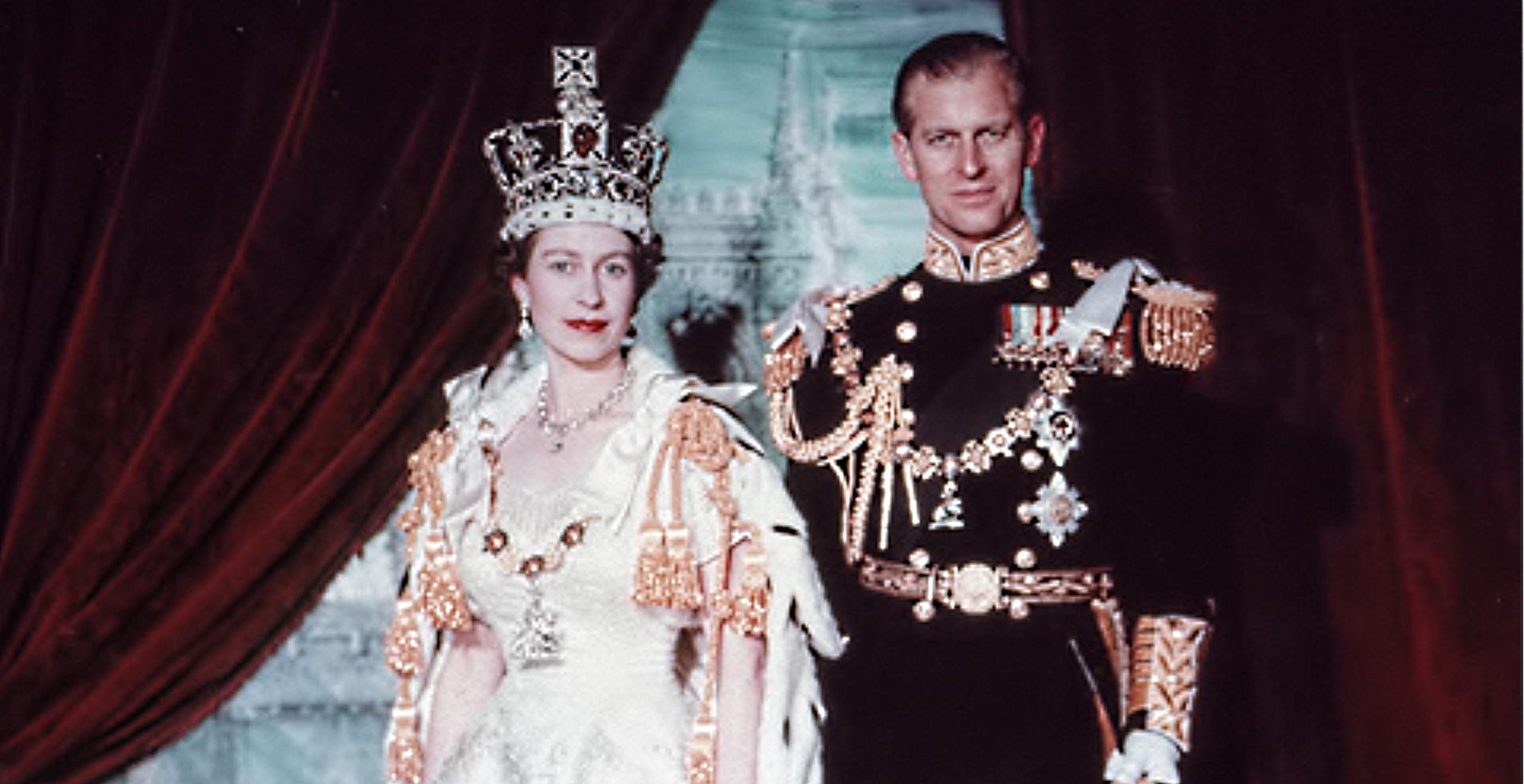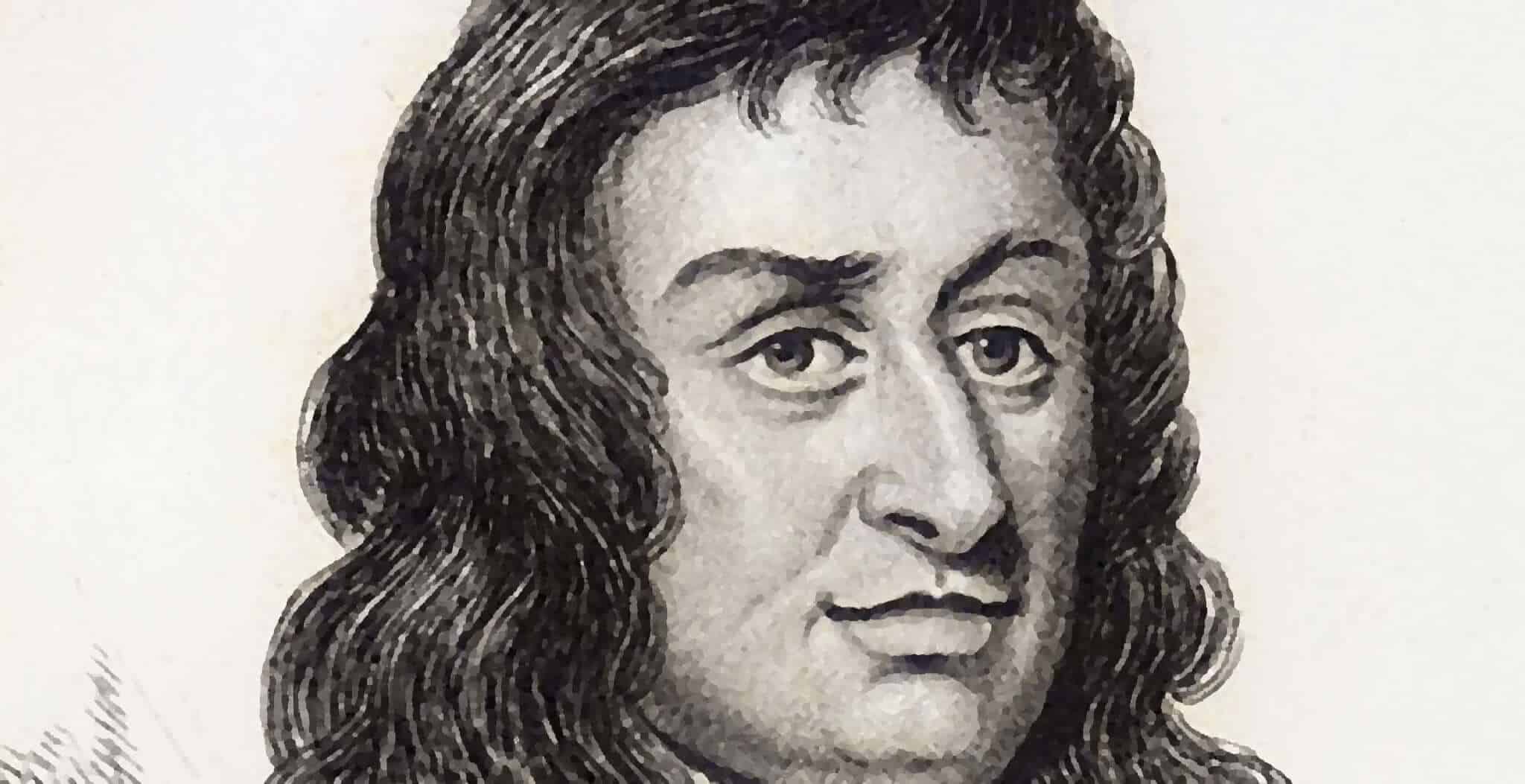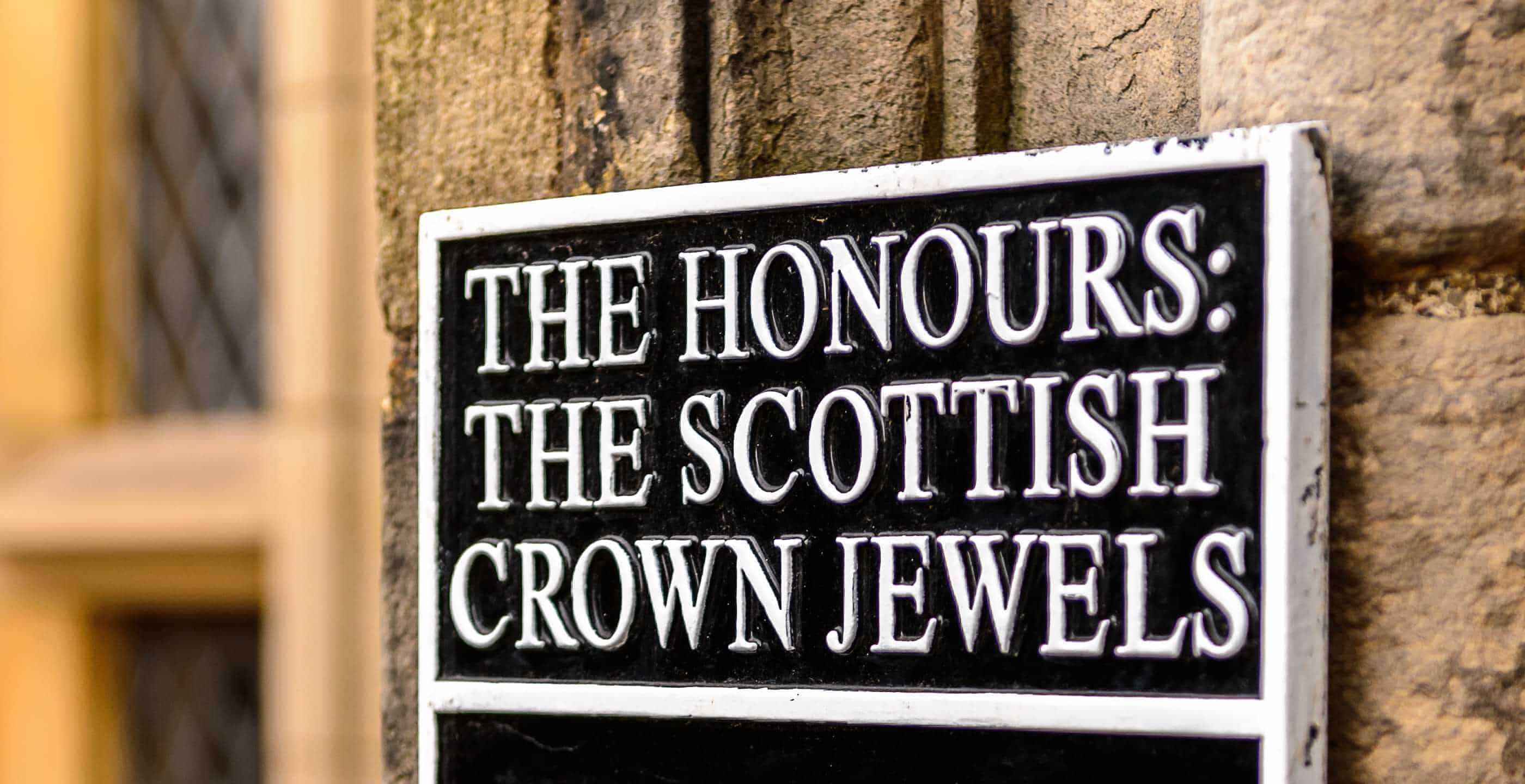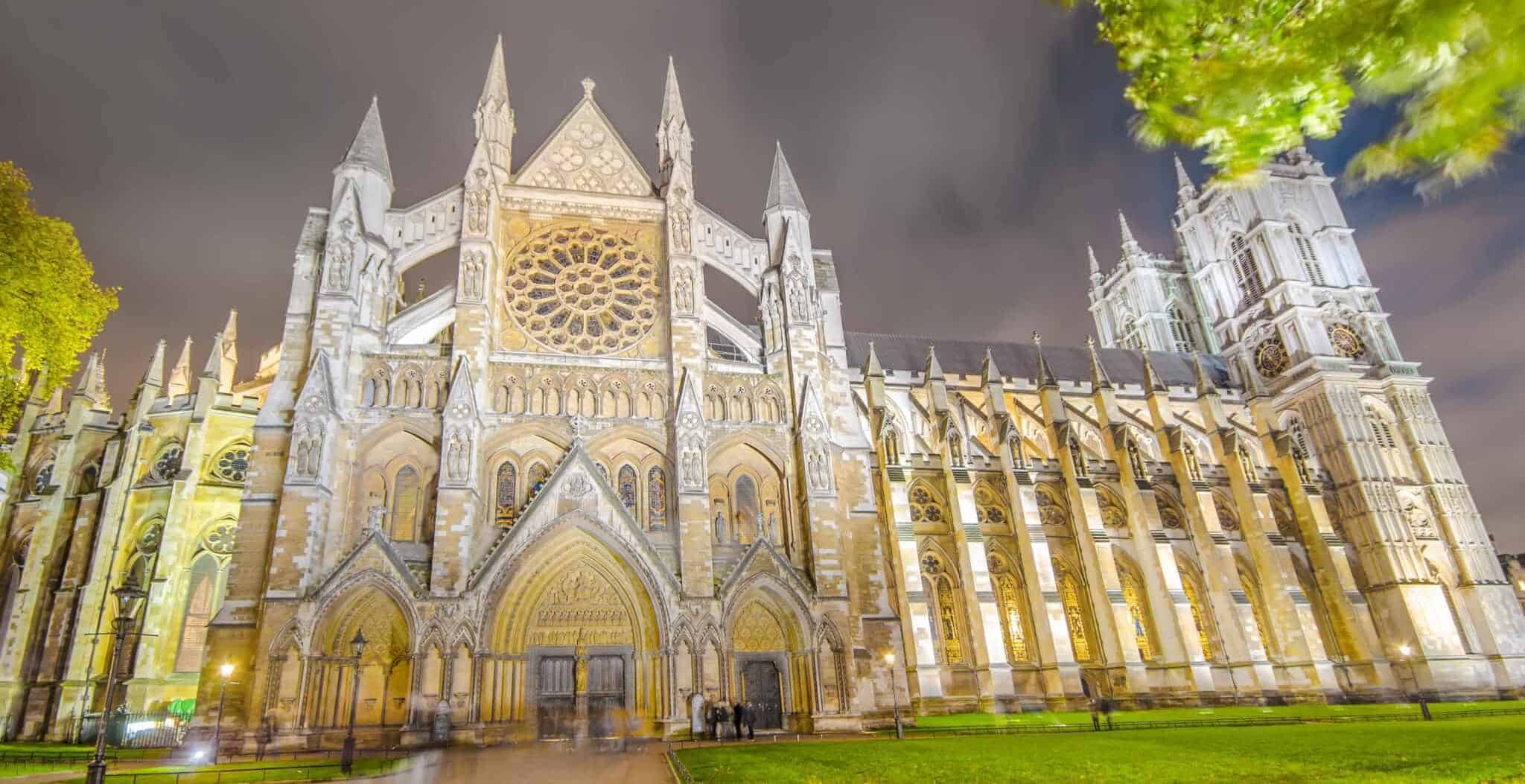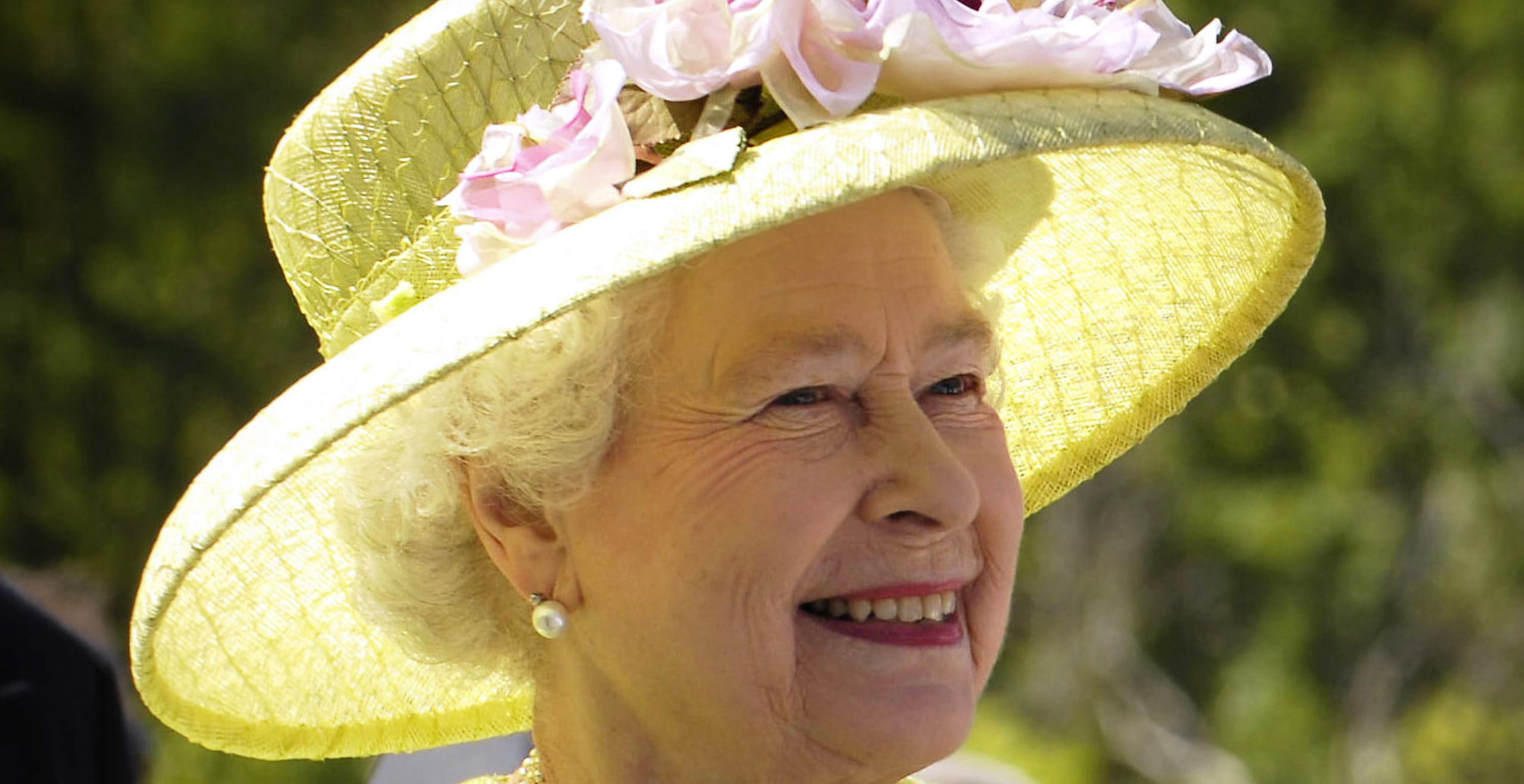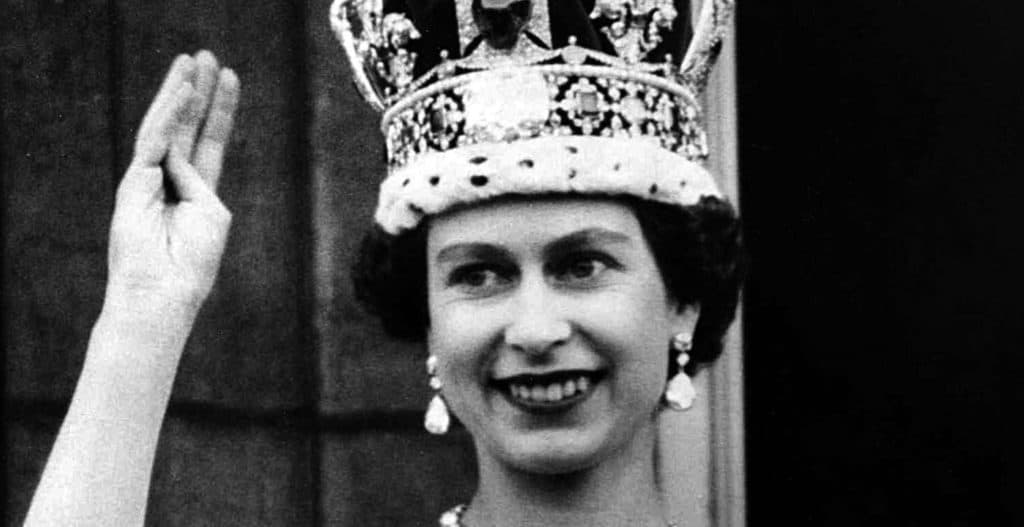Gracing the stage of Westminster Abbey during the coronation ceremony, the Crown Jewels of the United Kingdom spectacularly shower the cloisters in drama and light. They feature in the ceremony as seasoned actors, with every sparkle from their 23,578 diamonds, sapphires, rubies and emeralds a brilliant demonstration of the triumphs of goldsmiths in eras gone by.
As a certified diamond grader, it is clear to me that, after the monarch the Crown Jewels, with their impeccable pedigree, are undoubtedly the glittering stars of the coronation. Yet amid the main stars of the show, there is a co-star in their own right: the Coronation Robes. Steeped in rich symbolism and lavish history, the robes form an integral part of the ceremony.
From the cast of jewels on display during the coronation, one of the monarchy’s most sensational pageants, there are certain Oscar winners within the collection, such as the diamonds hewn from the world’s largest rough ever found: the Cullinan I – a 74 facet 530 carat pear cut diamond set to the top of the Royal Sceptre, and the Cullinan II – the 66 facet 317 carat cushion cut diamond set to the front circlet of the Imperial State Crown.
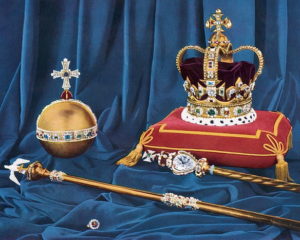 The Crown Jewels of the United Kingdom, 1952
The Crown Jewels of the United Kingdom, 1952
Another megastar is the 104 carat oval cut Stuart Sapphire, a gem which survives today despite being present during some of the most turbulent upheavals in the British history: it was one of the dynastic relics James II took with him to France after being ousted during the Glorious Revolution of 1688.
Joining this cast is the 170 carat cabochon Black Prince’s Ruby, set in the cross pattée above the Cullinan II. Despite the name, the gem was only recently discovered to be a spinel and not a ruby as previously thought.
And it would be amiss not to mention St Edward’s Sapphire, the most ancient stone in the collection. This octagonal rose-cut blue sapphire, was removed from Edward’s 11th century ring when his body re-interred at Westminster Abbey in 1163.
Staged in the Gothic splendour of Westminster Abbey, once a spectacle reserved for the privileged few, in 1953 the soon-to-be-crowned Queen insisted that the coronation be televised live. Beamed across the world by the BBC, families and friends crowded into living rooms across the world to admire the ceremony and the beauty and charm of the Crown Jewels.
Whilst watching those black-and-white images of the coronation, keen eyes would surely have noticed, there exists alongside the undoubted stars of the ceremony a quiet, often overlooked understudy – an understudy which plays its own crucial role in this spectacle of royal pageantry: the Coronation Robes.
On a trip to the Tower of London to see the Crown Jewels, I found myself oddly drawn to a less appreciated part of the coronation. I became enchanted with the silent allure of the Imperial State Robe. This hugely important, yet easily overlooked, garment in the coronation ceremony is an exquisite example of craftsmanship but it nevertheless exists in the shadow of the main stars of the collection.
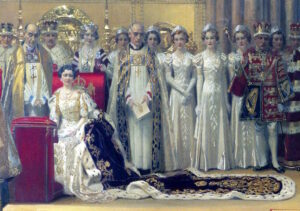
Queen Elizabeth The Queen Mother at her coronation
The various Coronation Robes play their own distinct role in this six part ceremony consisting of the recognition, the oath, the anointing (also referred to as the hallowing), the investiture (which includes the moment of crowning), the enthronement and the homage. Through each of these parts, there are a number of regal robes donned by the sovereign. The order in which the robes are worn was established for Edward II’s 1308 coronation in the 14th century manuscript Liber Regalis (Latin for ‘Royal Book’).
The Liber Regalis, today preserved in the library of Westminster Abbey, comprises 34 ornately decorated vellum pages providing detailed instructions on the order of ceremony. Originally recited in Latin, the coronation was translated into English in 1603 ready for the coronation of James I.
Tragically, during the interregnum after the English Civil War, most of the ancient coronation and state regalia were melted down on orders of Oliver Cromwell, who saw them as “symbolic of the detestable rule of kings”. After the restoration in 1660, jewels were fashioned based on the records of the lost items, and form the nucleus of the Crown Jewels today. In contrast to this continuity, the majority of robes worn at each coronation ceremony have been made new for each monarch; the exception to this being the Supertunica and the Robe Royal which have been worn since the 1821 coronation of George IV.
Entering Westminster Abbey, the soon-to-be-crowned sovereign wears the Robe of State, also referred to as the Parliament Robe – a name received due to its role in each State Opening of Parliament. The long crimson velvet train on the Robe of State is adorned with handmade delicate gold lace, lined in regal ermine from Canada, and has an accompanying ermine cape.
During the part of the ceremony known as the anointing, the monarch is divested of all celebrated symbols of status, and dons the Colobium Sindonis (Latin for ‘Shroud Tunic’). In stark contrast to the Robe of State, this gown is austere and plain, without detail or lace. In its simplicity, this robe symbolises divesting oneself of all worldly vanity, to stand bare before God.
Next, during the investiture and worn over the Colobium Sindonis, is the Supertunica, inspired by the full dress consul uniform of the Byzantine Empire. This long flowing coat of golden silk and expansive sleeves is trimmed in golden lace, decorated with the national symbols of the home nations and fastened by a golden buckle adorned with roses, thistles and shamrocks.
Also worn during the investiture – on top of the Supertunica — is the Robe Royal (Pallium Regale). Worn at the moment of crowning, this robe is embroidered with national symbols and imperial eagles crafted in silver thread decorate the corners of this four-square mantel. The Robe Royal takes on a priestly role: one of the divine nature of kingship.
The key moment of the investiture is the crowning of the new monarch by the Archbishop of Canterbury, who places St Edward’s Crown atop the sovereign’s head. Upon doing so, the Abbey guests cry out “God Save the King/Queen”, trumpets sound from Westminster, bells ring out from churches across the kingdom and the obligatory 62 gun salute is fired from the Tower of London. The 62 guns represent 21 guns fired on the marking of a royal occasion, 20 guns for the Tower as a Royal Palace, and 21 guns for the City of London.
Worn at the conclusion of the coronation is the Imperial Robe – also known as the Robe of Estate. The Imperial Robe is not to be confused with the Robe of State, which is the plainer crimson mantle on show at the beginning of the ceremony.
The Imperial Robe is a 15lb, 6 1/2 meter purple silk velvet robe – recalling the imperial robes of Roman Emperors – and is trimmed with Canadian ermine and includes a sumptuous ermine cape. The robe’s construction required 12 seamstresses from the Royal School of Needlework working 3,500 hours to complete. It is embellished with ears of wheat, displayed down both sides of the train and representing peace and plenty, with the robe’s culminating feature a decorative and lavish three dimensional embroidered golden crown.
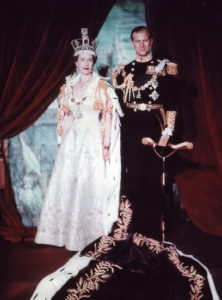
At the end of the ceremony, the newly crowned sovereign exits the Abbey, enrobed in the Imperial Robe, wearing the Imperial State Crown and carrying the Sceptre and the Orb. This represents the culmination of the glittering spectacle of the new monarch’s coronation, in which both the dazzling beauty of the Crown Jewels of the United Kingdom and the Coronation Robes are fully on display.
Understandably when one examines the Crown Jewels’ gemmological splendour, it is not difficult to see why over 35 million people have flocked to the Tower of London to see this wondrous collection, making them among the most visited items in the world.
Yet for all the Tower’s visitors, the coronation robes, on full display, are merely an afterthought. Perhaps by understanding the rich history contained within the robes can we begin to appreciate their beauty, and exquisite craftsmanship. Only then will we learn to more greatly appreciate these splendid artefacts and the role they play within the Coronation Ceremony.
Laurie Wickwire is a GIA certified diamond grader who has worked within the diamond industry for 35 years. Along with lecturing around the world about this fascinating industry, Laurie is the Luxury Gems Expert for the international television shopping channel QVC, a diamond merchant for a DeBeers site holder based in Antwerp, and creates bespoke jewellery for her international client base.
